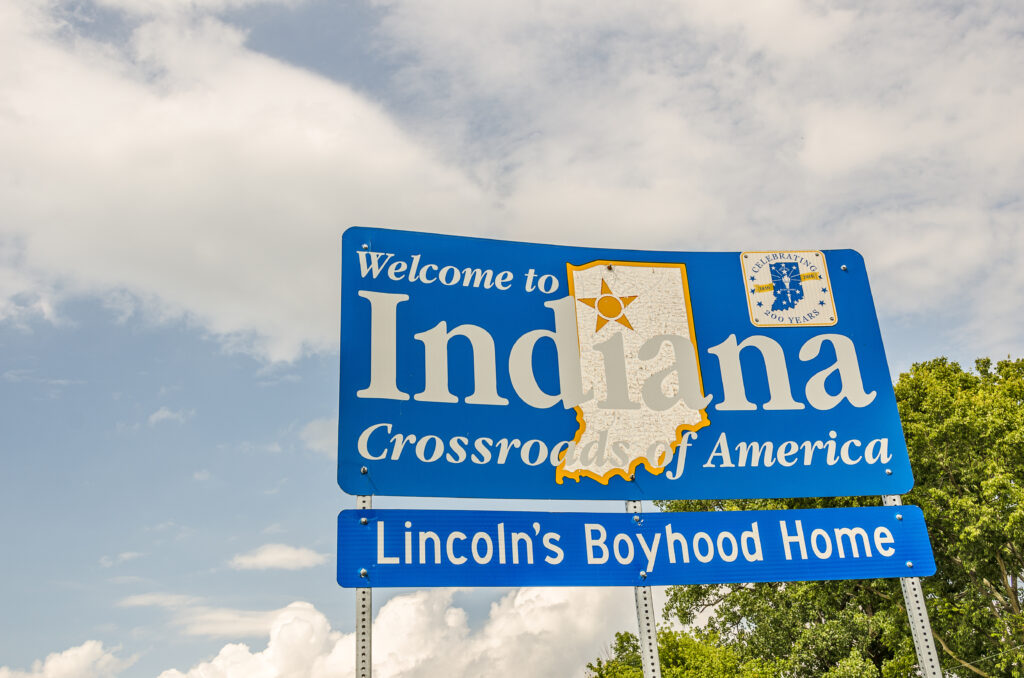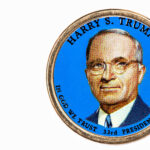Indiana is a state with a storied history. Long before being admitted as the 19th U.S. state on December 11, 1816, it was first inhabited by Native Americans of the Miami, Potawatomi, and Lenni Lenape tribes, who lived in the region for thousands of years prior to European colonization. The French were the first Europeans to explore the region, led by Robert Cavelier, Sieur de La Salle in 1679. The French established several trading posts in the region and claimed the region for France, though no permanent settlements were established.
In 1763, the region was ceded to Great Britain by the Treaty of Paris. The British maintained control of the region until the American Revolution. The United States organized the Northwest Territory in 1787, with what is now Indiana becoming part of the Indiana Territory in 1800, and soon after became a U.S. state on December 11, 1816.
In the 19th century, the state developed an economy based on trade, transportation, and manufacturing. The state’s population grew rapidly, reaching nearly 2 million by the 1920s. During the Great Depression, the state was hit hard economically, but recovered with the onset of World War II. In the post-war era, Indiana continued to develop its economy with a focus on industry, education, and technology. Today, Indiana is home to a diverse population and a thriving economy.
References:
https://www.history.com/topics/us-states/indiana
https://www.historymuseumsb.org/early-history-of-indiana-to-1779/




